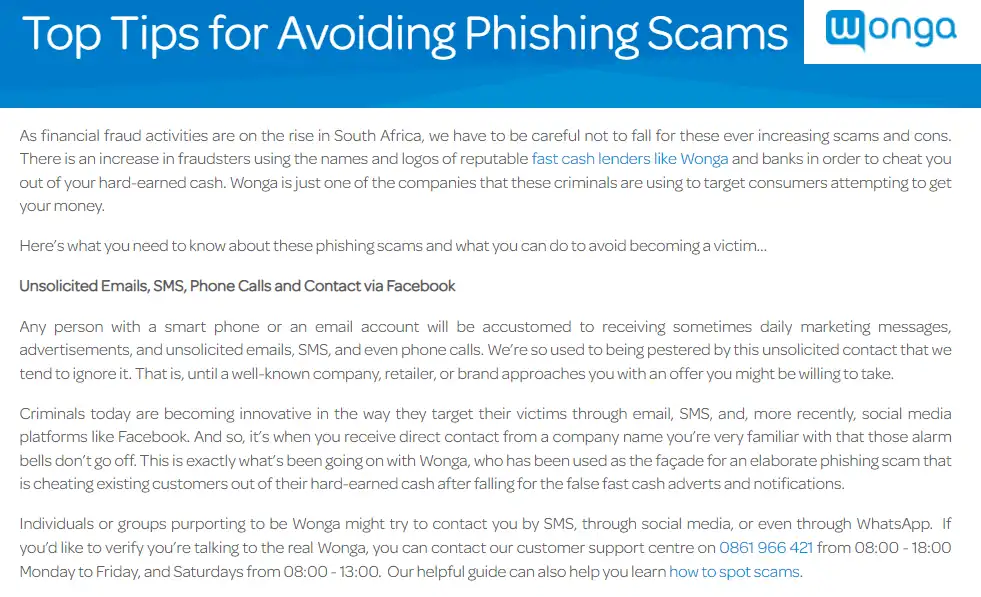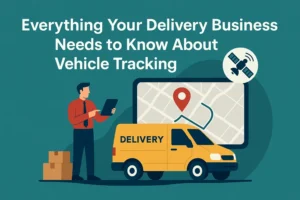How to Protect Your Personal Finances Online
By TOI Desk Report
July 1, 2022
Update on : July 1, 2022

As if we needed reminding just how at-risk all internet users are, new research confirms that cyber fraud continues to reach new highs worldwide. With more than 9 million South Africans targeted by cybercrime each year the country is one of the worst affected in the world.
To make matters worse, the range of threats we are exposed to is constantly evolving. Just as we get used to one threat, the fraudsters find another way to access the personal information of unsuspecting and often vulnerable consumers.
Such is the extent of the risk in South Africa that the leading short-term credit website Wonga recently published a safety guide to help its customers determine genuine communications from the fakes. But it’s not just phishing messages which are putting the personal finances of South African consumers at risk.
The three most common cybersecurity scams
1. Advance-fee fraud
One tried and tested scam that has been around for years is advance-fee fraud, in which scammers use online classified ads, shopping scams and dating scams to dupe unsuspecting victims to hand over money before receiving goods or services, which of course are never delivered.
2. Fake and fraudulent information
Another common scam is the use of fake and fraudulent information to get consumers to part with their cash. Emails claiming you have won a prize or that an account has been closed prey on the victims’ emotions and get them to act quickly before they have had the chance to really think things through.
3. Banking related fraud
One of the most sophisticated scams fraudsters use is banking related fraud that uses copycat websites, false SMS notifications and phishing schemes to persuade recipients to divulge confidential information. The victims mistakenly think they are dealing with a trusted organisation and hand over their details.
Protecting yourself
While these scams present a very real risk to the finances of South African consumers, there are a number of steps you can take to protect yourself online. That includes:
-
- Signing up for every possible banking notification. You can choose to receive notifications every time your card is charged. All those notifications might be annoying but they also help to keep your finances safe.
- Reviewing credit card statements regularly. A staggering 25 percent of people have been victims of credit card fraud, but because they do not check their credit card statements regularly, many do not realise until long after the event.
- Shredding your financial documents – Throwing away financial documents which contain sensitive information is asking for trouble. Any documents you do throw out should be thoroughly shredded first.
- Changing your username and passwords – A username and password is not for life. You should regularly change your usernames and passwords and never use the same details for more than one account.
- Checking your credit report – One of the first signs that something could be afoot is if your credit score changes for seemingly no reason. For example, your credit score could plummet if multiple applications for loans are made in your name, even if they are unsuccessful. Keep reading to learn about Wells Fargo login in a personal account.
In this day and age, you must take a proactive approach to protecting your finances online. Leaving everything as it is until something goes wrong is not an option. You must keep your eyes peeled for potential threats and take steps online and offline to keep your personal finances safe.

















